
Evolution of Modern Office Design – How the Modern Office has Evolved over the last 100 years
The modern office environment has changed significantly in the last 100 years in design, culture, and productivity. Today, companies are much more open to what their employees have to say when it comes to improvements in the office. They know now that the more comfortable their employees are, the more productive they are. Businesses encourage staff to socialize in the workplace to break down boundaries and help employees feel more relaxed and valued which, in turn, is believed to improve productivity, networking, training, culture and morale.
In this insight, we are looking at how the modern office has changed over this period, and what similarities we have seen in trends and designs in today’s modern office.

Offices have existed across history, as early as Roman times (from the Latin; Officium), but the concept of the modern office is often accredited to Frederick Winslow Taylor, an engineer who aimed to imitate the factory assembly line of the time by delegating simple, repetitive manual tasks to clerks, executives, and associates in order to create a constant workflow. The Taylorist office plan included fitting more desks, and therefore more workers, into a room as well as allowing for managers and supervisors to scrutinize workers easier. Naturally, senior management still had their own offices but the rows of workers we associate with many open-plan offices existed at this time to serve the purpose of making businesses more productive. Frank Lloyd Wright is credited with developing the first commercially viable Taylorist office – for a mail-order soap company in 1904. The Larkin Administrative Building contained 1,800 workers processing 5,000 orders per day working in a central open space at the center of the building.

By the 1990s, offices were thinking more about the corporate culture and started to introduce open plan spaces which became a popular trend for many years, still being used often today. The introduction of the worldwide web in 1991 made workplaces more became more dynamic and a place of free-flowing information technology, which started to open up more communications across larger areas. As the office evolved over the following years, this started to influence larger open spaces and break-out areas, and meeting rooms. Today, we appreciate massive office automation advancements. Modern corporate office design is built for speed and flexibility. In the late ’90s and early 2000s, a lot of open-plan spaces included break-out areas for staff to relax or collaborate in. Today we see these more as an essential part of office design, but the style has moved towards more scrum spaces for collaboration and wellness space for allowing top talent to refocus.

Over the last year, workplaces had to adapt, with global communications facilitating the ability to work remotely, either part or full time. Now, as the return to the workplace starts to happen, we can still only guess at how COVID-19 will impact office design in the long term, but the most important lesson to take from the past 15 months is that adaptability is even more crucial than ever.
In one of our recent Insight Lives, we discussed employee engagement and trust, and importantly the office is likely to keep evolving over the next 18-24 months as people will adjust in wanting to have the flexibility of working from home, but will also miss the networking, collaboration and socializing that comes with the office.

The good news is that we’ve actually been building more and more flexibility into our workspaces for years. All signs are indicating that we can expect future workspaces to look a lot like the Agile Offices most of us were already working in – they’ll just be even more adaptable, ready to transform on a dime. Our workspaces need to be ready for anything and everything making flexible and adaptable workplace solutions one of the most important features in the modern office of today.
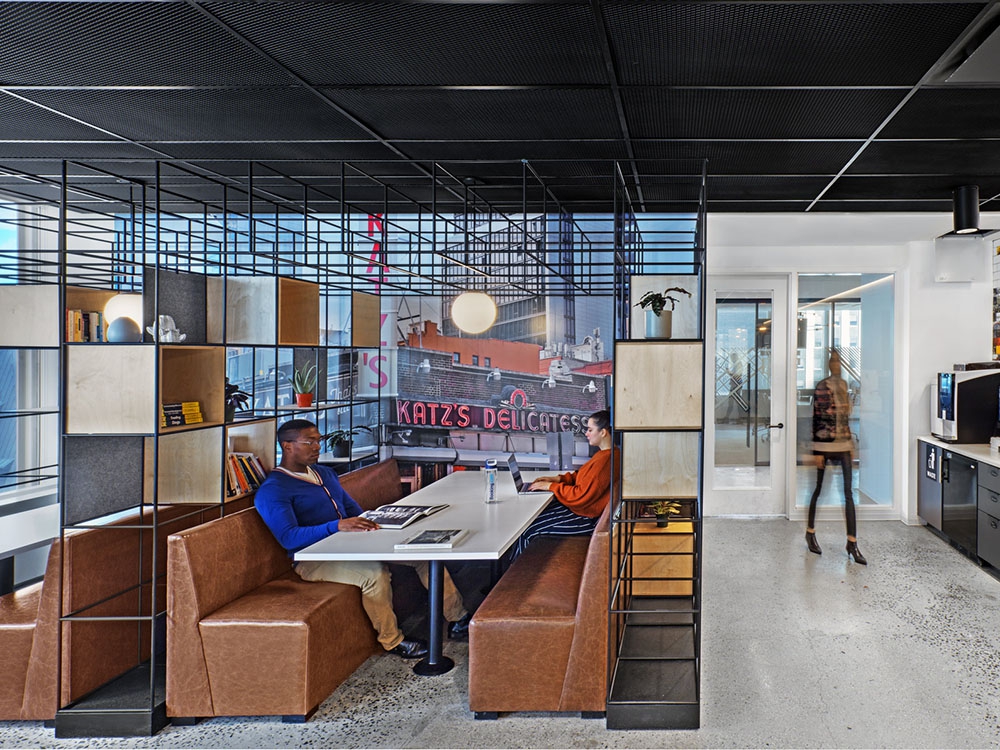

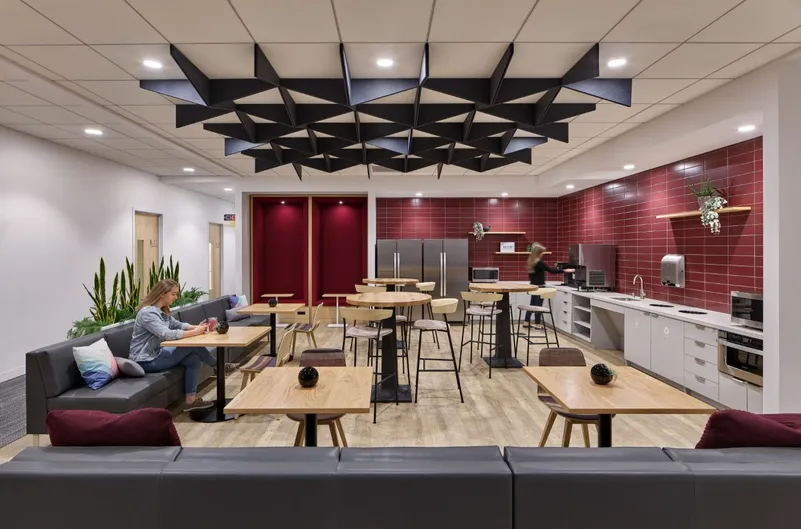
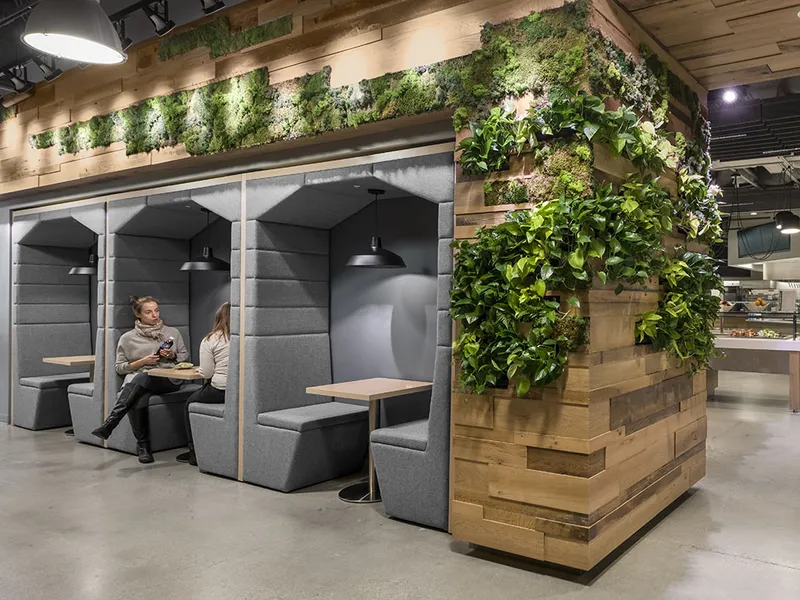



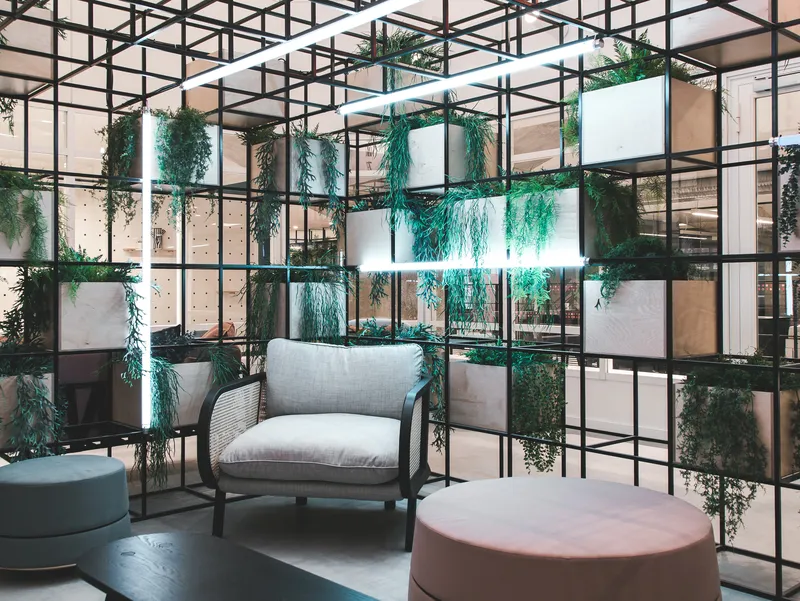
As game-changers and boundary-pushers in the coworking market, their new Manchester location is a true reflection of th…
IMMOBILIER

Leading design firm Jacobs have recently completed another location for one of their long-time clients in the financial…
SERVICES FINANCIERS
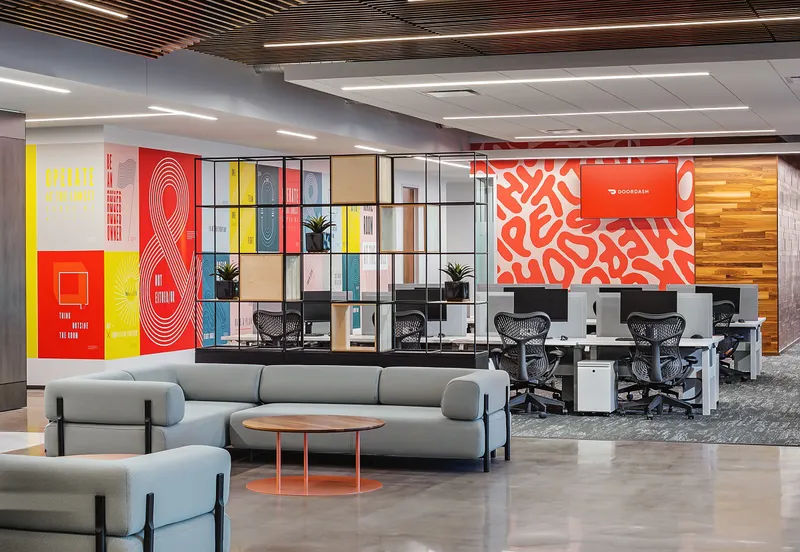
Blurring the lines between hospitality and workplace design, this latest addition to the DoorDash porfolio is a true re…
NOURRITURE BOISSON